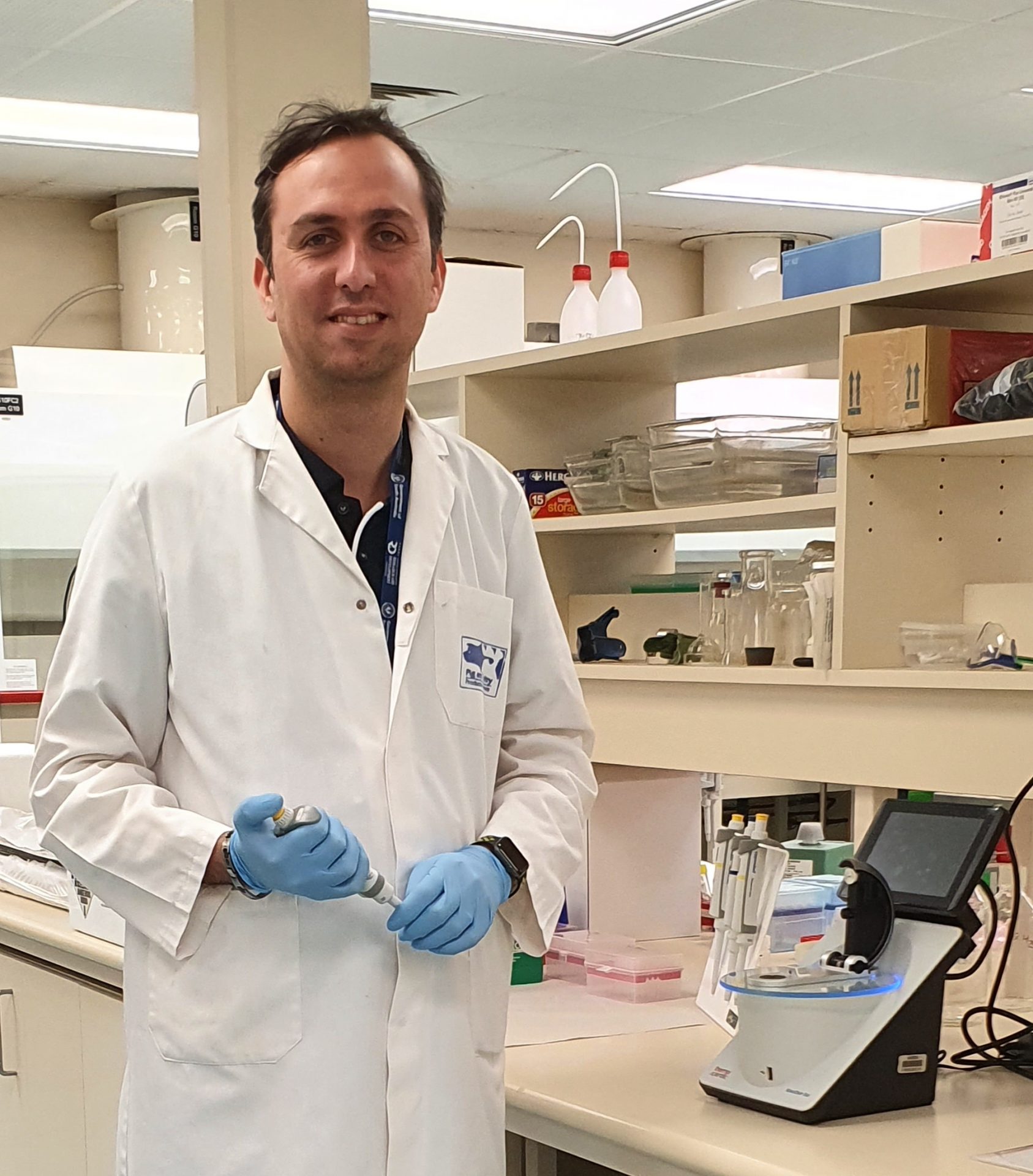PHA Project 018 – 422
A healthy gut has always been essential for good well-being. Even 2500 years ago, Hippocrates said “All disease begins in the gut”, and poultry are no different. Gut integrity sits at the core of gut health research to support health and growth in poultry. Enterocytes are intestinal cells that form a physical barrier to prevent harmful bacteria and unwanted materials from entry into the gut and also allow nutrient absorption. When there is a “dysfunctional gut barrier”, there is a chance of bacterial translocation from the intestine into internal organs often causing intestinal inflammation and impaired performance. This can cost the industry dearly, therefore early detection and intervention is critical when necessary. In poultry, most currently available methods require bleeding or euthanizing the animals, which are invasive and not beneficial on farm. Hence, we identified the need to determine biomarkers with which the intestinal integrity is assessed rapidly and in a non-invasive manner.
A PoultryHub Australia supported project led by Dr Reza Barekatain at the South Australian Research and Development Institute in collaboration with Feedworks and University of Adelaide specifically sought to identify selected proteins in excreta of chickens as biomarkers of intestinal permeability and inflammation, as a non-invasive method to assess gut integrity. Most previous studies have focused primarily on necrotic enteritis models and sampling the intestinal contents. In this study we subjected meat chickens to two different “leaky gut” (gut barrier dysfunction) models based on a stress-inducing factor (dexamethasone as synthetic glucocorticoid) and a nutritional model (a rye-based diet). Excreta of the individual birds were collected and assessed for specific biomarkers using chicken-specific enzyme-linked immunosorbent assays (ELISA). We found proteins, including fibronectin, alkaline phosphatase and lipocalin 2, in the excreta were responsive to the intestinal barrier dysfunction models tested in the study. These need to be further validated in larger scale trials including samples from group-housed animals.
Once validated and commercial kits made available at an affordable price, the assays could provide a relatively rapid method to detect proteins that are either elevated or reduced compared with healthy animals. Ideally, such tests can be completed in less than a day and can indeed help industry to reduce costs associated with enteric diseases. Meanwhile, the identification of additional biomarkers of gut health and real-time detection devices remain an active area of research. Further, if the identified biomarkers are found responsive to certain feed additives, this can facilitate effective in-feed interventions to minimise the impact of gut health issues.
The results of this PoultryHub project has been recently published in Plos One and can be found here.




